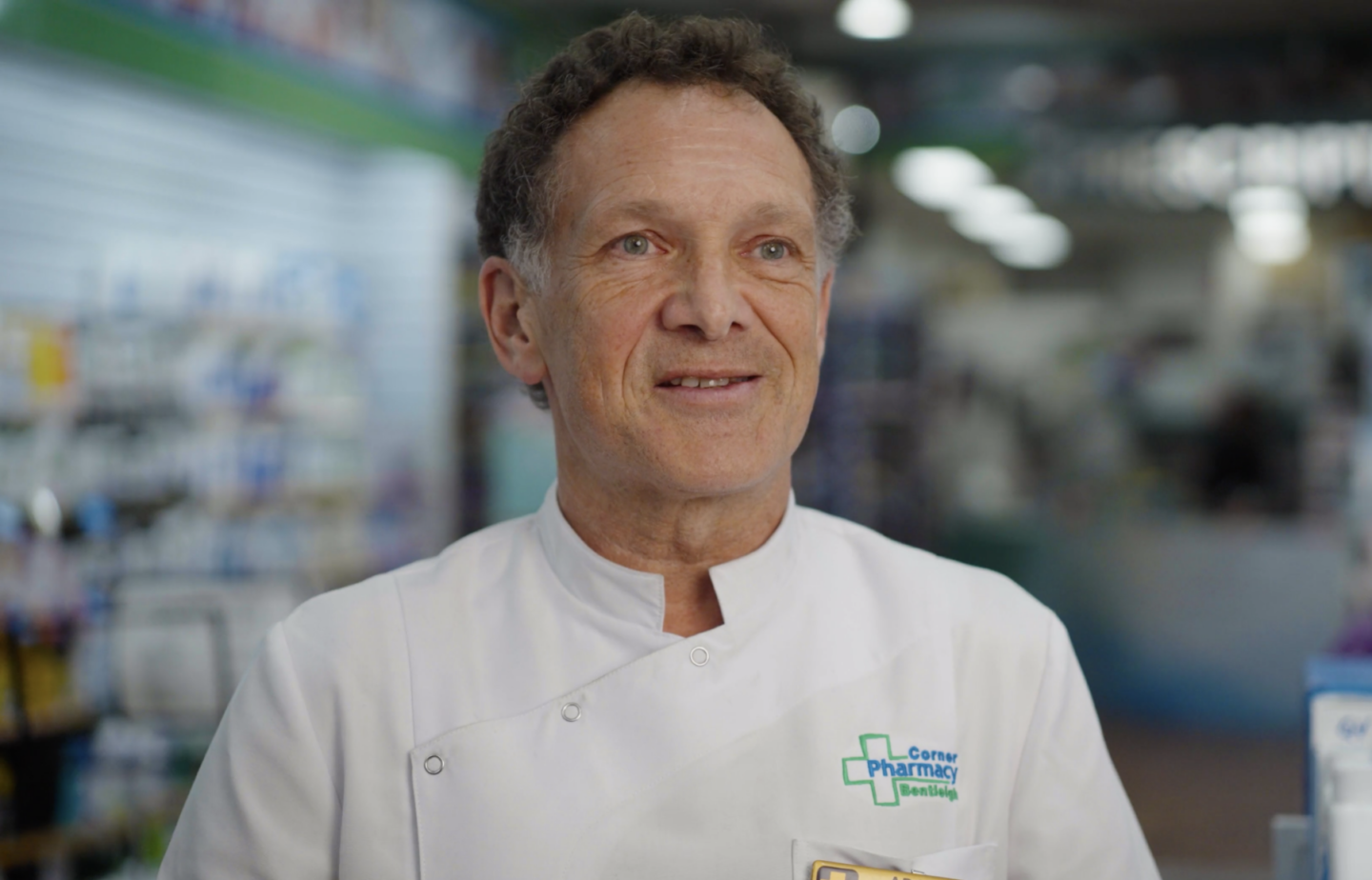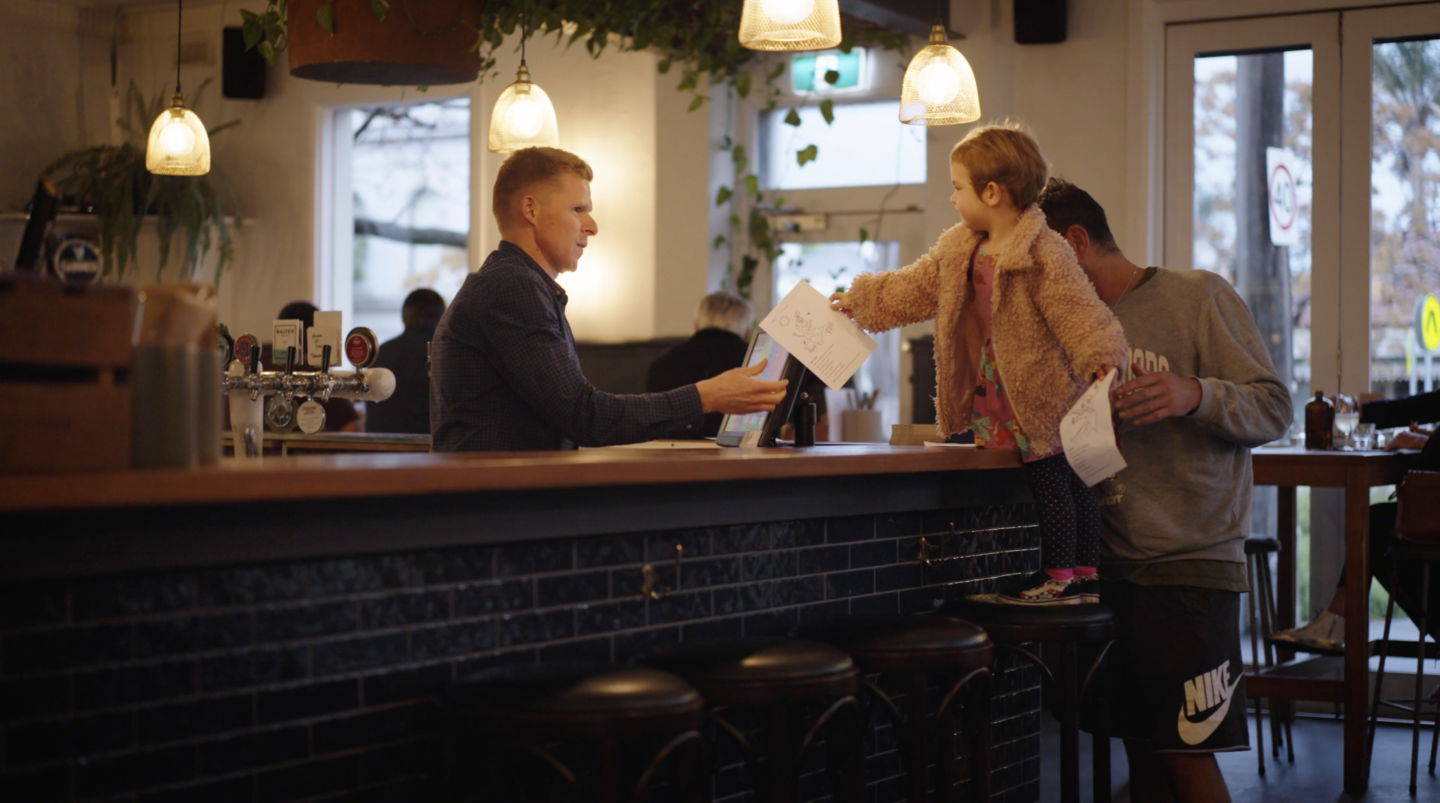Creating a sustainable, agile business with Starbucks Coffee
Starbucks is an iconic roaster and retailer of specialty coffee, founded in 1971 in a cobblestone street in Seattle in the United States. In just a few years, people all around the world had acquired a taste for Starbucks, and it first came to Australia in 2000.
Since then, the local arm has been through a number of different chapters. Now, in 2022, Starbucks Australia Chief Executive Chris Garlick says they’re “looking to build a highly sustainable business, that’s really successful for our customers”.
Rostering for productivity
Rostering staff across more than 55 stores in locations around Australia has its challenges. Demand and staff availability can massively vary across different stores. Previously, not much of Starbucks’ scheduling was automated. Keeping track of thousands of staff and what they’re owed was also tricky.
For Starbucks, implementing Tanda has given greater visibility to these problems. Embracing auto-scheduling has allowed managers to focus on what they should be doing – managing individual outlets. The company can keep track of all its staff members, what they’re owed, and their hourly rates.
Starbucks Australia’s Biggest Challenges
- Optimising rosters to cater for its network of stores
- Staying compliant with Australia’s tough payroll laws
- Having visibility over 55 stores nationwide
Removing Payroll Pains
Staying compliant with Australia’s notoriously complicated industrial relations framework is a problem for any business. New regulations have only made this process even more difficult. By embracing Tanda’s Award interpreter and other timesheet features, Starbucks has been able to take out a lot of the admin since starting with Tanda in late 2020.
Bringing it all together
Starbucks Australia has had to negotiate a complicated business environment and manage thousands of partners that work across different stores. Here’s how Tanda helps them achieve their goals:


